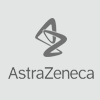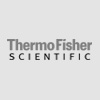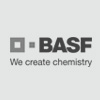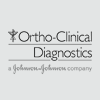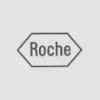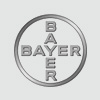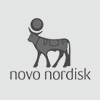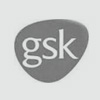- Description
- Specifications
Catalog #: CHM-001
Description:
CXCL14 Human Recombinant produced in E.Coli is a single, non-glycosylated, Polypeptide chain containing 77 amino acids and having a molecular mass of 9.4kDa.
The CXCL14 is purified by proprietary chromatographic techniques.
Synonyms:
C-X-C motif chemokine 14, Small-inducible cytokine B14, Chemokine BRAK, Bolekine, NJAC, KS1, Kec, BMAC, MIP-2g, SCYB14, CXCL14, BRAK, MGC10687.
Source:
Escherichia Coli.
Amino Acid Sequence:
The sequence of the first five N-terminal amino acids was determined and was found to be Ser-Lys-Cys-Lys-Cys.
Purity:
Greater than 95.0% as determined by:
(a) Analysis by RP-HPLC.
(b) Analysis by SDS-PAGE.
Solubility:
It is recommended to reconstitute the lyophilized CXCL14 in sterile 18M?-cm H2O not less than 100 µg/ml, which can then be further diluted to other aqueous solutions.
Formulation:
CXCL14 was lyophilized after extensive dialysis against 20mM Tris-HCl, pH 8.5 and 1M NaCl.
Stability:
Lyophilized CXCL14 although stable at room temperature for 3 weeks, should be stored desiccated below -18 °C. Upon reconstitution CXCL14 should be stored at 4 °C between 2-7 days and for future use below -18 °C.
Please prevent freeze-thaw cycles.
Activity:
The ED50 of CXCL14 as determined by its ability to induce calcium flux of prostaglandin E2 treated THP1 human acute monocytic leukemia cells was 1.0-10.0 ng/ml.
Physical Appearance:
Sterile Filtered White lyophilized (freeze-dried) powder.
Usage:
Denovo Biotechnology's products are furnished for LABORATORY RESEARCH USE ONLY. The product may not be used as drugs, agricultural or pesticidal products, food additives or household chemicals.

